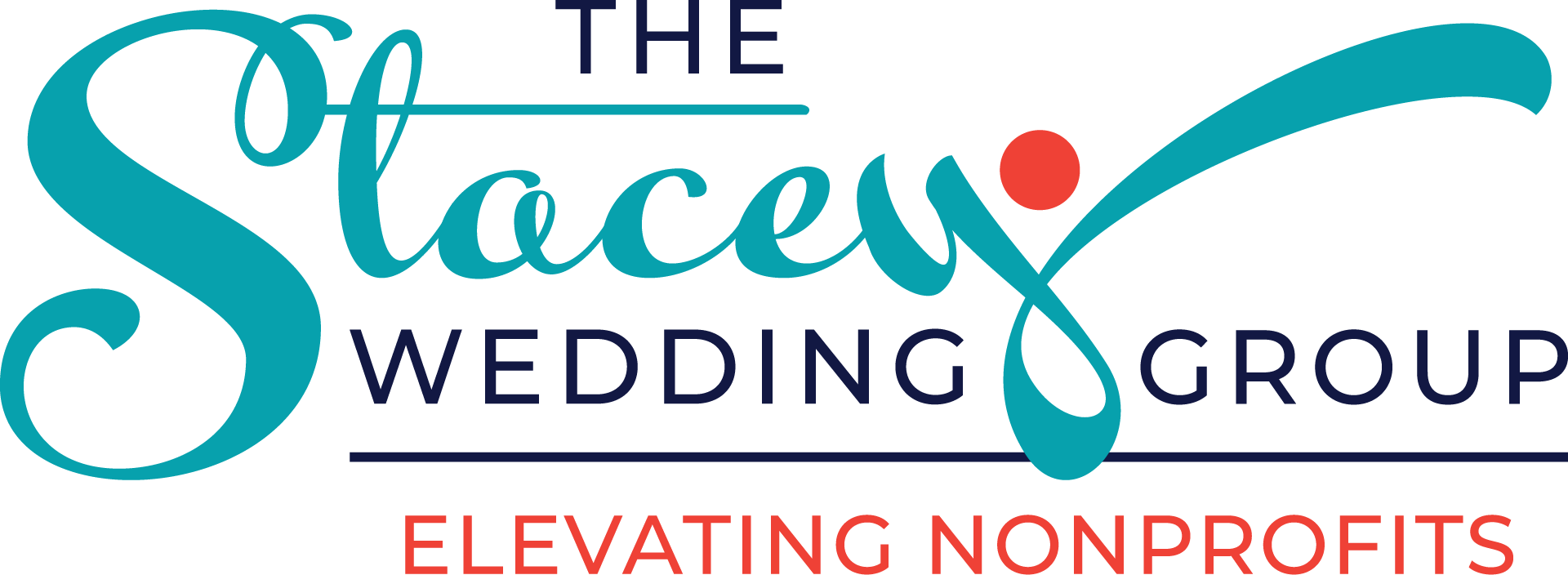Expertise shared by PiP Founder and Chief Strategist, Stacey Wedding, as featured by the South Carolina Association of Nonprofit Organization (SCANPO).
For those who work with Boards, you may be smirking to yourself when you read this title or enjoying your own internal dialogue filled with sarcastic, witty banter. All too often many of us feel just the opposite — that board members can be a headache, bringing more hassle than value.
When you peel back the layers of the onion, though, it quickly becomes apparent that it’s not that simple. The majority of people who are attracted to board service have the best of intentions. They want to be part of furthering a cause greater than themselves and simply need clarity and support to engage in a meaningful way.
Each Board has its own unique culture, personality and interpersonal dynamics. It takes time for new board members — just like new employees — to observe this, assimilate and figure out how best they fit in to the bigger picture.
To expedite this process, often the first step is providing a proper orientation to the Board with important documents available — like the strategic plan, budget, bylaws, and key policies — for the board member to reference.
Ideally, the orientation will also include interaction with a couple of other board members and key staff, so the board member can ask questions that are often intimidating to address in the board room.
This gives board members the chance to better understand all facets of the organization and hopefully see some programs in action, which will only further their passion. If possible, consider pairing the new board member with a peer on the Board who has more institutional history with the organization and can who can serve as their “board buddy” or mentor.
One final note is to clarify board members’ roles both individually and as a governing body, and to constantly remind them of this. Often, it is lack of clarity on roles that is the root of many board problems.
Once your board members have a clear understanding of your organization and the role they can play to move the mission forward, then you get to move into matchmaking gear! Chat with new (and even existing) board members about their strengths and interests, so you can find the best way to engage them.
Recently, my investment advisor shared that she was going to cringe if she was asked to serve on one more nonprofit Investment Committee. As she put it, “I do this all day long and am tired of it. I would prefer to develop a skill in another area.” While not everyone feels like she does, the key is asking what your board members would prefer.
If there are certain committees or projects they would be more interested in, then do your best to connect them to those opportunities. Engaging board members is a two-way street, hopefully designed to be mutually beneficial to both parties.
Board engagement is not fixed, nor is it simple or quick. Fortunately, it is achievable with the right investment of time and thoughtfulness. Here’s wishing you and your Board a year of healthy engagement!
